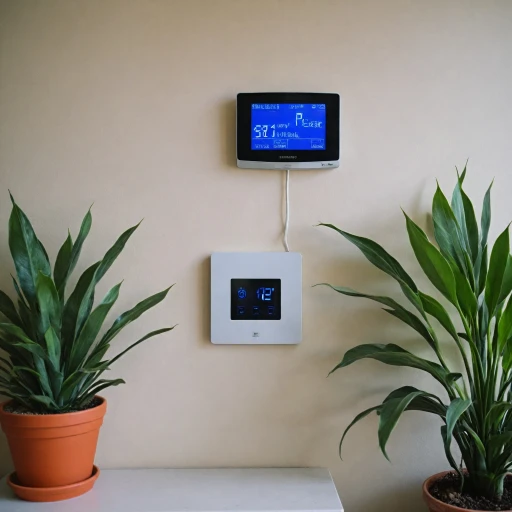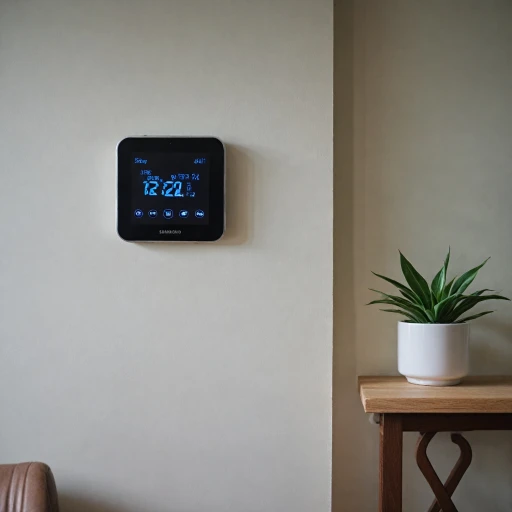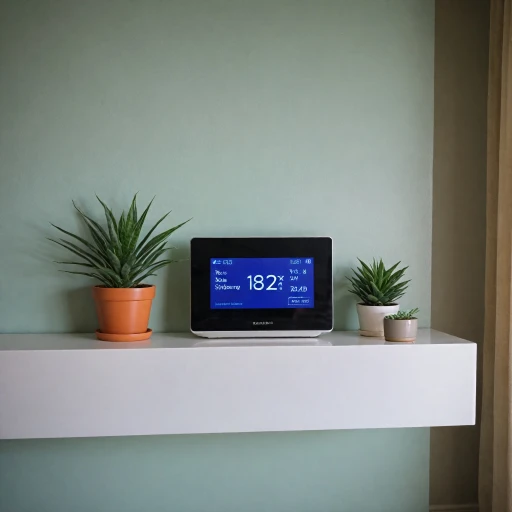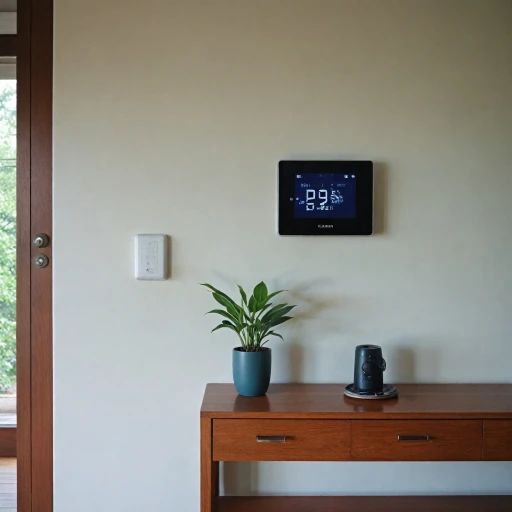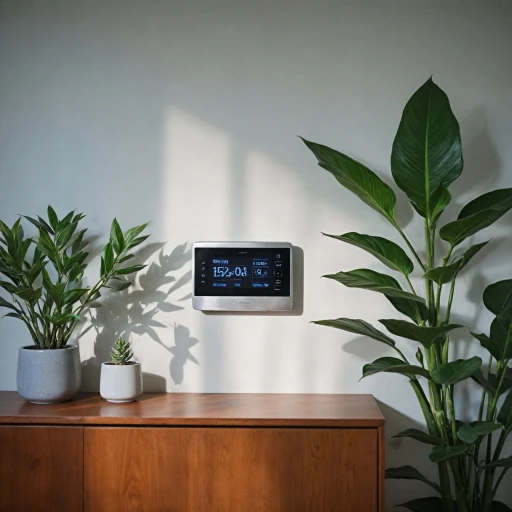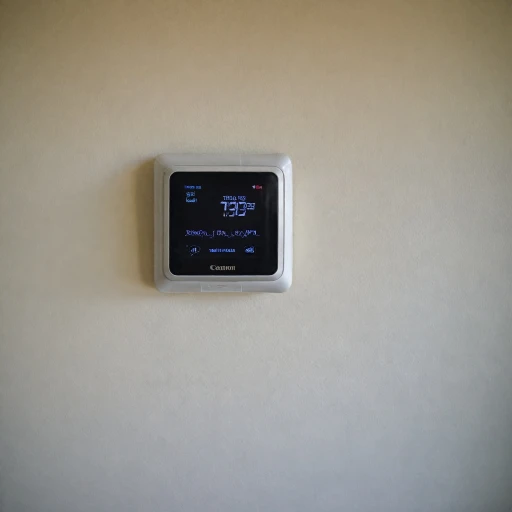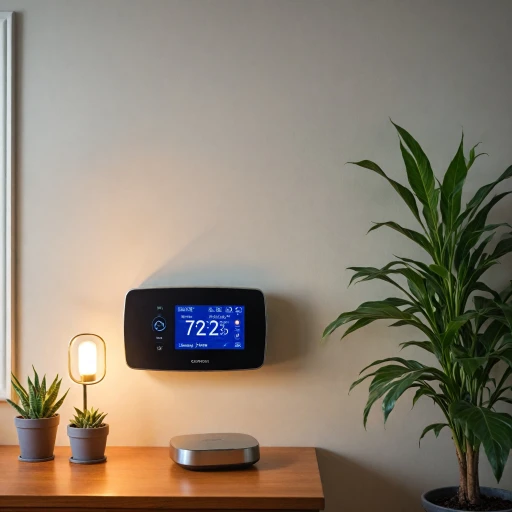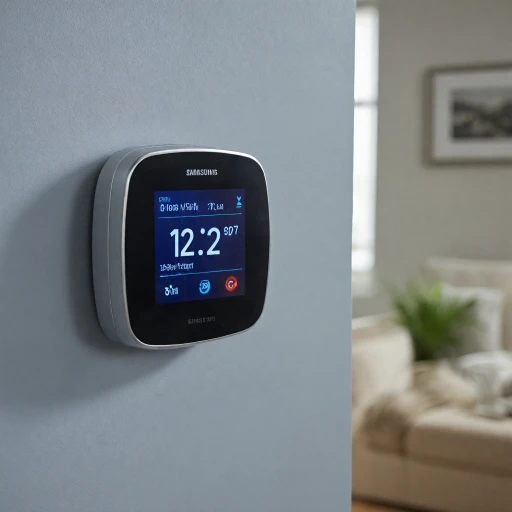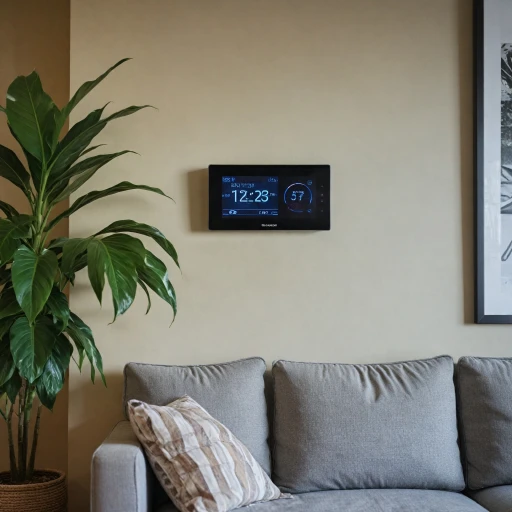
Understanding Wi-Fi Enabled Air Conditioning Units
Introduction to Smart Control for Air Conditioning Units
In recent years, the popularity of Wi-Fi-enabled air conditioning units has experienced significant growth. These units offer increased convenience and flexibility by allowing smart control over your home’s climate settings. Whether it’s a portable air conditioner unit or a window unit, integrating smart control can enhance your comfort levels effectively. Modern air conditioners come equipped with smart features such as voice control and remote control through devices like your smartphone or even an Apple Watch. Many of these smart air conditioners offer Energy Star certification, ensuring energy efficiency while maintaining optimal cooling performance. Wi-Fi-enabled units have the ability to connect with smart assistants, making it easier to adjust settings through voice commands. This integration allows you to tweak temperature settings, btu levels, and even power usage, all without lifting a finger. To ensure compatibility, smart air conditioning units often come with features tailored for easy installation in various home styles. Whether it's a portable unit you can easily move around or a more permanent window air conditioner, you'll find options that cater to different profile needs. When discussing cooling capabilities, BTUs (British Thermal Units) are a critical measure. Understanding how many BTUs your unit needs can help you choose the best air conditioner to meet your needs. From btu portable models to window units with significant cooling BTUs, there are options available for any home environment. For more detailed insights into specific smart thermostats suitable for air conditioning units, including options that offer advanced cooling schedules and energy usage controls, consider exploring the features of the Pro1 T701 smart thermostat. This may provide the nuanced understanding needed to optimize your home's climate control system effectively.Benefits of Integrating Smart Thermostats
Why Integrate a Smart Thermostat? Unveiling the Advantages
When considering enhancing your comfort with a Wi-Fi enabled conditioning unit, integrating a smart thermostat can prove to be a game-changer. Not only do these devices offer enhanced control over your air conditioning system, but they also bring an array of benefits that improve energy efficiency and overall user experience.- Optimized Energy Usage: Smart thermostats are designed to learn your preferences over time and adjust settings accordingly. This means that you can ensure your air conditioner operates at its best to maintain desired comfort levels without unnecessary energy usage. For instance, setting cooling schedules and monitoring energy expenditure becomes straightforward, aiding you in saving costs over time. Many models, like those recognized by the Energy Star program, provide insights into your energy consumption, helping make informed decisions.
- Remote Accessibility: Modern smart thermostats come equipped with remote control capabilities. Whether you're using a smartphone, a tablet, or even a wearable like an Apple Watch, you can adjust the temperature of your home no matter where you are. This feature is incredibly convenient for those who lead busy lives or have unpredictable schedules.
- Enhanced Compatibility: Many smart thermostats seamlessly integrate with voice assistants like Amazon Alexa and Google Assistant, enabling voice control for your air conditioning systems. This hands-free approach allows for effortless adjustments without the need to manually operate the unit.
- Improved Scheduling and Efficiency: With the ability to set precise cooling schedules, you can ensure rooms are at the ideal temperature when needed and reduce power during off-peak times. Compatibility with both portable air conditioners and window units adds another layer of convenience, whether you're utilizing a BTU portable or a window unit.
Compatibility and Installation Considerations
Ensuring Compatibility and Smart Setup
Integrating a smart thermostat with your Wi-Fi enabled air conditioning unit requires careful consideration to ensure a seamless transition to a smarter home environment. Here are the key points to consider when pondering the compatibility and installation of smart thermostats:
- Identifying Compatibility: Not all air conditioners are created equal when it comes to integrating with smart thermostats. Firstly, it's essential to confirm whether your current air conditioning system, be it a portable air conditioner or a window unit, supports smart thermostat connectivity. The energy usage and BTU measurement of your existing unit should complement the specifications of the thermostat.
- Installation Simplicity: Many smart thermostats are designed with easy install features that allow for a straightforward installation process. Whether you are dealing with a window air conditioner or a complex heat pump system, having a smart device that facilitates an easy install is essential. Look for models that offer a learning capability; this will ensure they adapt to your energy usage patterns over time.
- Supporting Inverter Technology: If you’re operating an air conditioner with inverter technology, ensure that your chosen smart thermostat can handle varying cooling BTUs effectively. This is crucial as inverter technology can impact the efficiency and performance of your air conditioning system when paired with a smart thermostat.
- Remote and Voice Control: For the ultimate level of convenience, select a smart thermostat that supports remote control options and can be linked with virtual assistants like Apple's Siri or Google Assistant for voice control. This not only enhances the functionality but also aligns with the modern demands of a connected, smart home.
- Leveraging Energy Star Certification: When possible, choose devices that carry an Energy Star rating. An Energy Star certified air conditioner paired with a smart thermostat can optimize energy efficiency and potentially reduce energy bills while still maintaining your desired comfort level.
Ensuring that these factors are taken into account when integrating a smart thermostat with your air conditioning system will lead to a smoother and more efficient setup. As smart technology evolves, these considerations will continue to play a significant role in enhancing climate control within our homes. For further insights on optimizing your system with the best setups, explore the benefits of the T6 thermostat as a reliable option.
Security and Privacy Concerns
Addressing Security Elements and Privacy in Smart Thermostats
When integrating smart thermostats with your air conditioning unit, it’s crucial to consider security and privacy. These advanced devices often connect to Wi-Fi networks, and as such, they can be vulnerable to security threats if not properly managed. Here are some important aspects to keep in mind:
- Secure Access: Ensure that the smart thermostat requires a robust authentication method, such as multi-factor authentication. This adds an extra layer of security to your portable air conditioner setup.
- Data Encryption: Smart devices should encrypt data to protect sensitive information. This is essential whether you’re controlling a window air conditioner, a btu portable unit, or even a smart voice-enabled air conditioner.
- Regular Updates: Manufacturers frequently provide software updates to patch vulnerabilities. Keeping your smart thermostat's firmware up-to-date can mitigate potential risks to your air cooling system.
- Privacy Controls: Check the privacy settings that allow you to manage how your data is used. Configuring your voice assistant, whether you’re using it to set a cooling schedule or to learn energy usage patterns, should align with your privacy preferences.
- Power Management: Manage energy usage effectively and monitor inverter style units or heat pumps to avoid unauthorized access that could compromise both security and efficiency.
These considerations help ensure that the integration of smart air conditioners with your home network is not only energy star compliant and easy to install but also secure from potential cyber threats. By taking these precautions, you'll be better prepared to enjoy the convenience and power of your smart home climate control system without unnecessary security risks.

